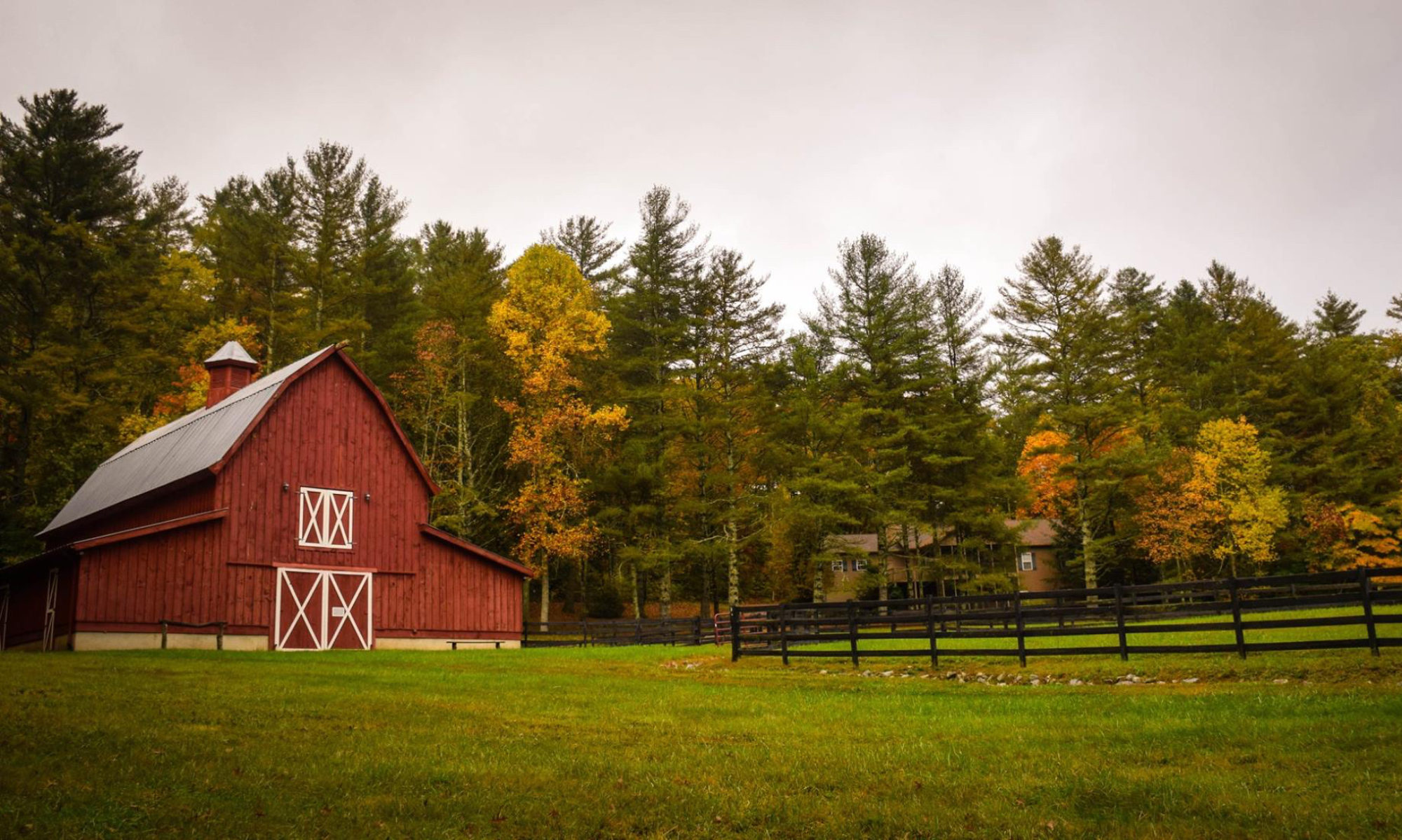For several months I have been working on my own writing project (a mater’s thesis). As a result I’ve fallen behind on reading other people’s writing, but now that I am wrapping up my project I have been turning to my growing pile of books.
Last night I was able to start reading Jared Diamond’s new book Collapse: How Societies Choose to Fail or Succeed. Diamond is also the author of the bestseller Guns, Germs, and Steel.
Diamond begins his new book in Montana, a region that he sees as an exemplar case of how societies can go wrong. Diamond’s writing about one county in the Bitterroot Mountain Range exemplifies what might be a paradigm case of bad rural development.
A symbolic landmark in the Bitterroot Valley’s recent economic transformation took place in 1996, when a 2,600 acre farm called the Bitterroot Stock Farm […] was acquired by the wealthy brokerage house owner Charles Schwab. He began to develop [the] estate for very rich out-of-staters who wanted a second (or even third or fourth) home in the valley to visit for fishing, hunting, horseback riding, and golfing a couple of times a year.
The Stock Farm includes an 18-hole championship gold course and about 125 sites for what are called either houses or cabins, “cabin†being a euphemism for a structure of up to six bedrooms and 6,000 square feet selling for $800,000 or more. Buyers of Stock Farm lots must be able to prove that they meet high standards of net worth and income, the least of which is the ability to afford a club membership initiation fee of $125,000, which is more than seven times the average annual income of Ravalli County Residents.
The whole Stock Farm is fenced, and the entrance gate bares a sign, MEMBERS AND GUESTS ONLY. Many of the owners arrive by private jet and rarely shop or set foot in Hamilton, but prefer to eat at the Stock Farm club or else have their groceries picked up from Hamilton by club employees.
Ironically, Ravalli County remains one of the poorest in Montana, which in turn is one of the poorest in the nation.
The book has not been without detractors, but nonetheless as long as you keep Diamond’s idiosyncrasies in mind as you read I think that the book will offer a rich narrative on an important topic.
If you don’t want to buy the book, you can read the much much briefer NY Times op-ed by Diamond that accompanied the release of the book.
